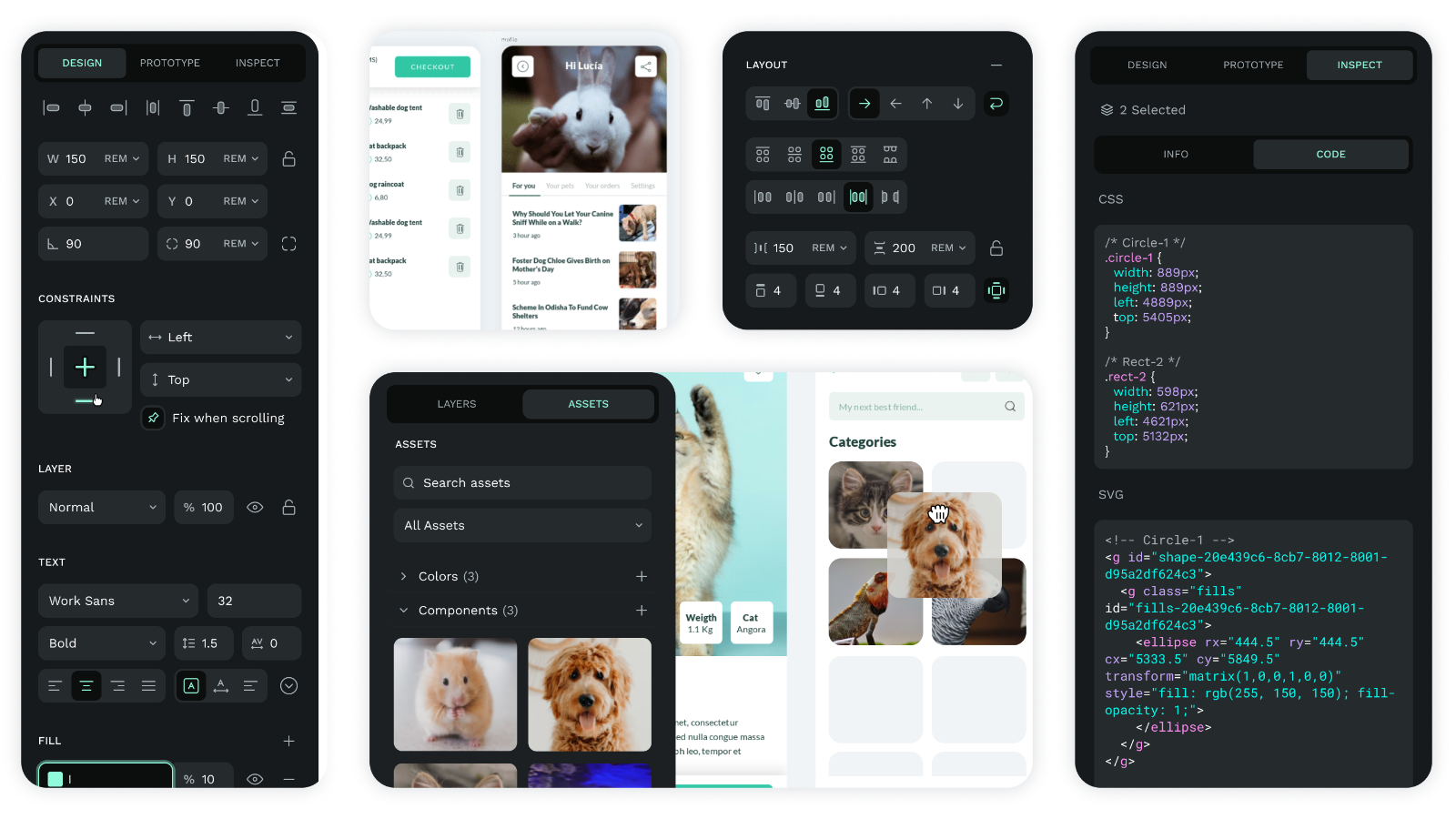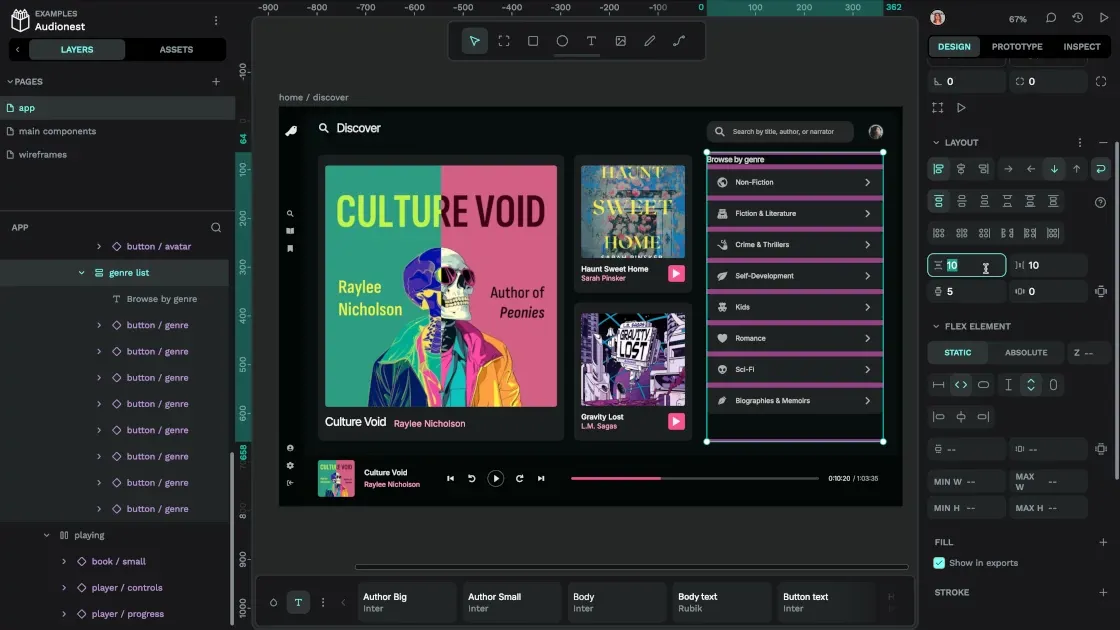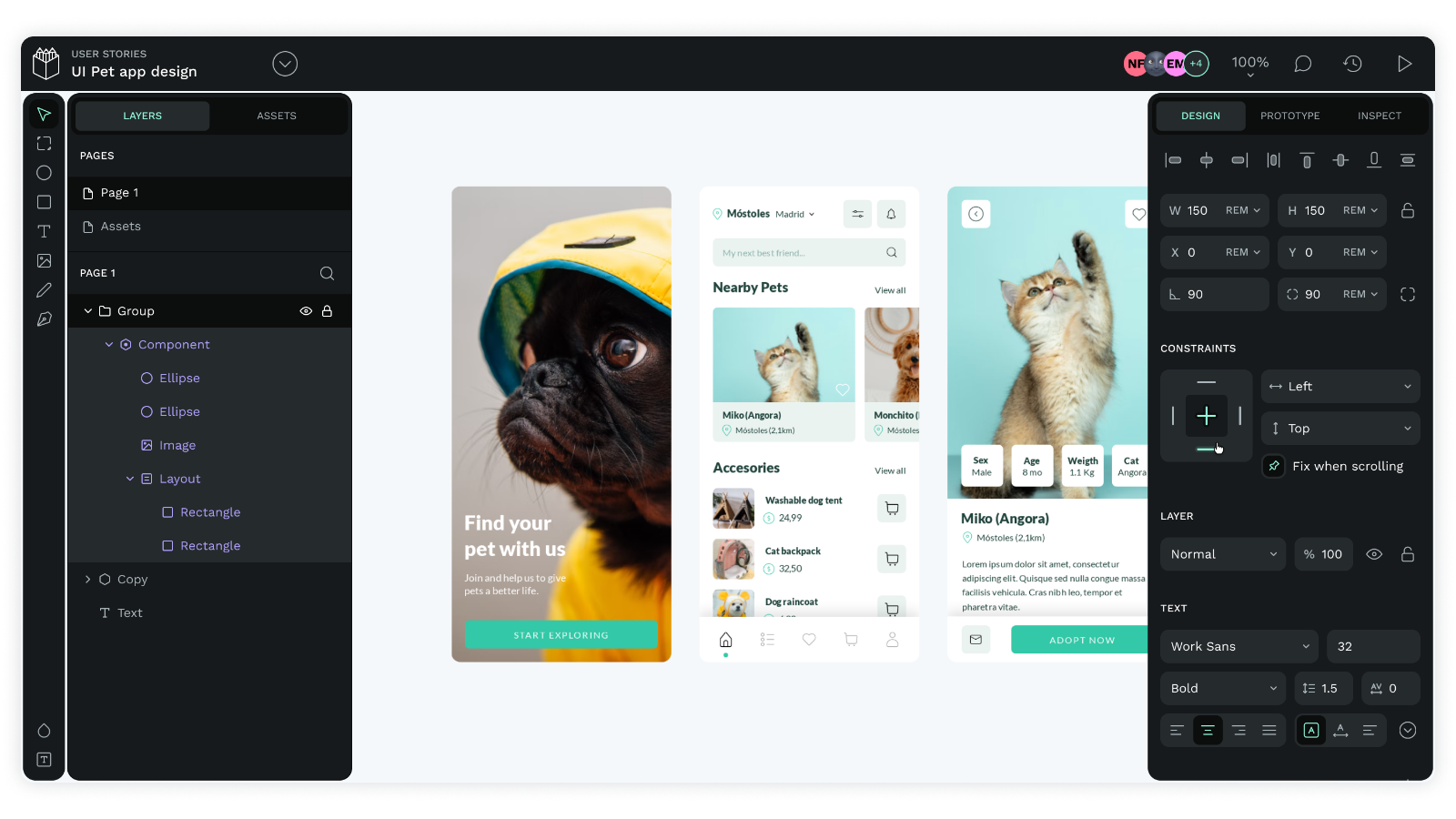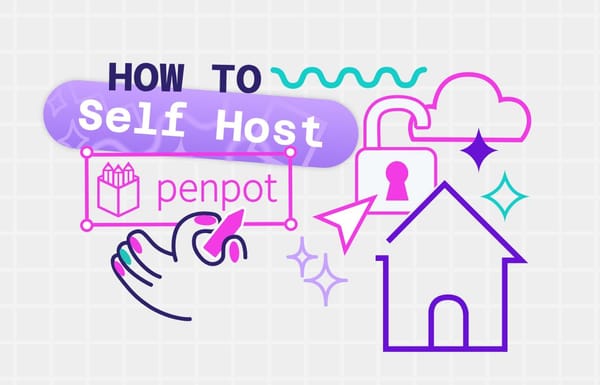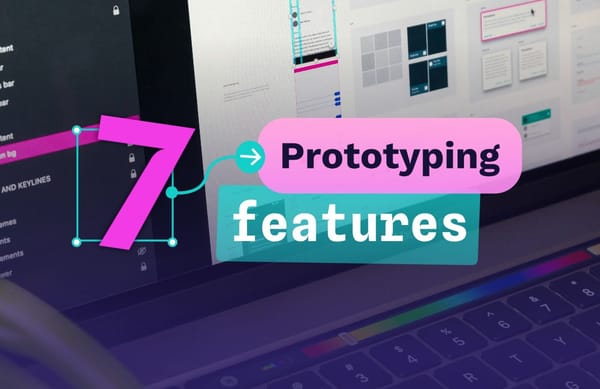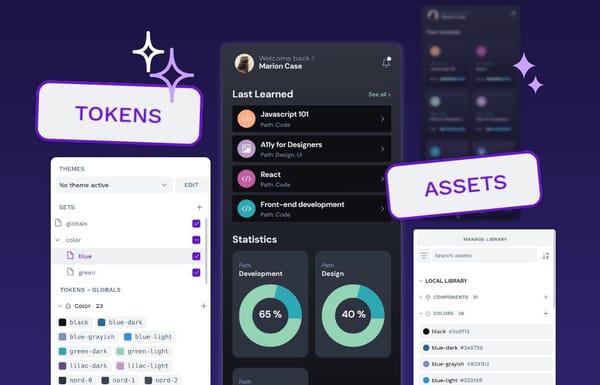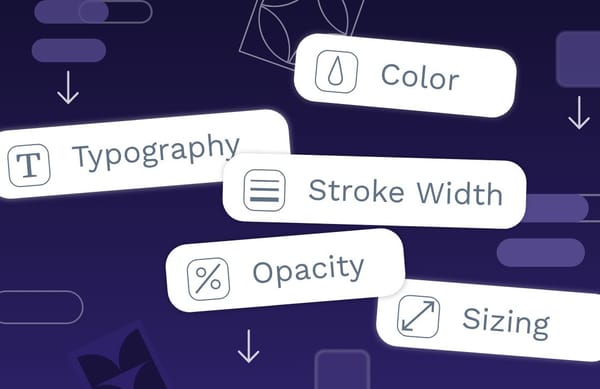How to make the switch from Figma to Penpot
There are many reasons designers or developers might migrate to Penpot. Penpot’s browser-based software is free and open-source, so you'll always own your work.
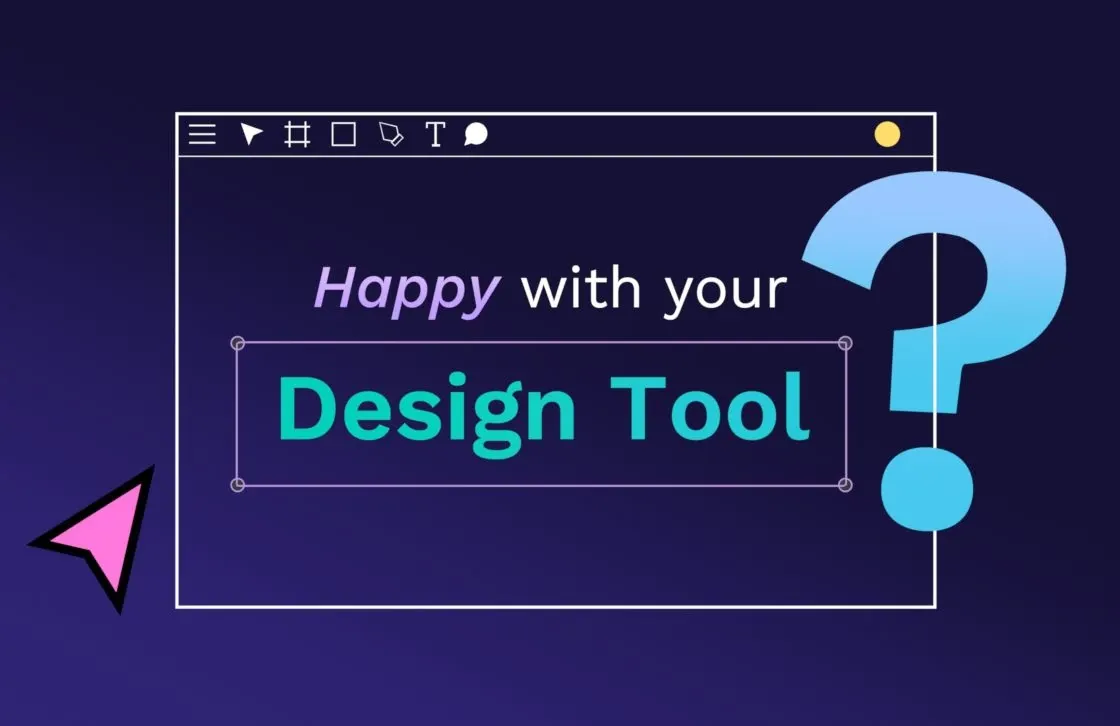
There are many reasons designers or developers might migrate to Penpot.
Penpot’s browser-based software is free and open source, as well as its self-hosted option, which means you'll always own your work. Its thriving community of creators frequently share their projects and support one another as they make brilliant new designs. Plus, its suite of dev-focused features makes it easier for direct collaboration between designers and developers, eliminating the need for frequent product handoffs.
So, what's stopping you from making the switch? There may be a few reasons, including not knowing the best way to move all of your projects to a new platform. Fortunately, Penpot was developed with simple migration in mind. Here are some best practices to get all of your team members using our intuitive, powerful tool just in time for your next big project.
Get buy-in from your team
It can admittedly be difficult to move teams to a new tool, especially one that's central to a product from ideation to development. With Penpot, this migration should be easier as it comes with multiple advantages over Figma. Plus, due to the similar natures of their UIs, anyone familiar with Figma should be able to jump into Penpot’s environment right away.
Even so, any change can be met with some skepticism by your team, so here are some things to remind them of when explaining why you’re making this transition:
1. Penpot offers a more cohesive workflow and was designed to bring designers and developers together from the very start of a project. It eliminates the handoff, constant back-and-forth, and time delays associated with legacy UI tools, including Figma.
2. Penpot is free for everyone, which means you can use the money you save to further invest in your team or your project.
3. Penpot's open-source technology ensures that what you create belongs to you, not Penpot. You can freely design with no concerns that it will somehow be locked into the technology, become part of a paid user agreement, or become training for machine learning models.
4. Penpot offers multilingual support, including for RTL languages. With distributed teams that rely on talent from all over the world becoming the norm, it's important to be able to collaborate with the brightest minds, no matter which of the 30 languages they speak.
One way to make this transition easier is to start work on Penpot with a fresh project or run through some guided lessons in Penpot’s Learning Center.
Transitioning existing projects to a new tool is never easy (although Penpot’s Exporter plugin should help in this regard). For this reason, it's often better to start off with something new. Your team can get used to the benefits of Penpot and then make a wholesale transition when they’re more ready.
Ease your team into the transition with Penpot exporter
One way to make this transition easier is to start work on Penpot with a fresh project.
Transitioning existing projects to a new tool is never easy (although Penpot’s Exporter plugin should help in this regard to transfer your files from Figma to Penpot). For this reason, it's often better to start off with something new. Your team can get used to the benefits of Penpot and then make a wholesale transition when they’re more ready.
Train your team on the differences
Penpot and Figma may be used for similar purposes, but look a little harder, and you’ll see plenty of differences to set these two apart (we listed just a few in our previous section).
Luckily, having your team learn about these differences couldn’t be easier. With Penpot's extensive resource library and videos, your team will be able to familiarize themselves with its functions and start planning for the transition.
The first place to visit is the Get Started guide, which walks users through the basics in a text format. If you prefer a quicker introduction, check out our video tutorial—get started in under 5 minutes!
Then, we recommend visiting the YouTube library for tutorials on the software's most used features, including Grid Layout, Flex Layout, and prototyping.
Additionally, Penpot’s Learning Center is a valuable source of ongoing training for your team, offering in-depth guides, videos, and resources to help your designers and developers stay sharp and fully equipped to make the most of Penpot's unique features.
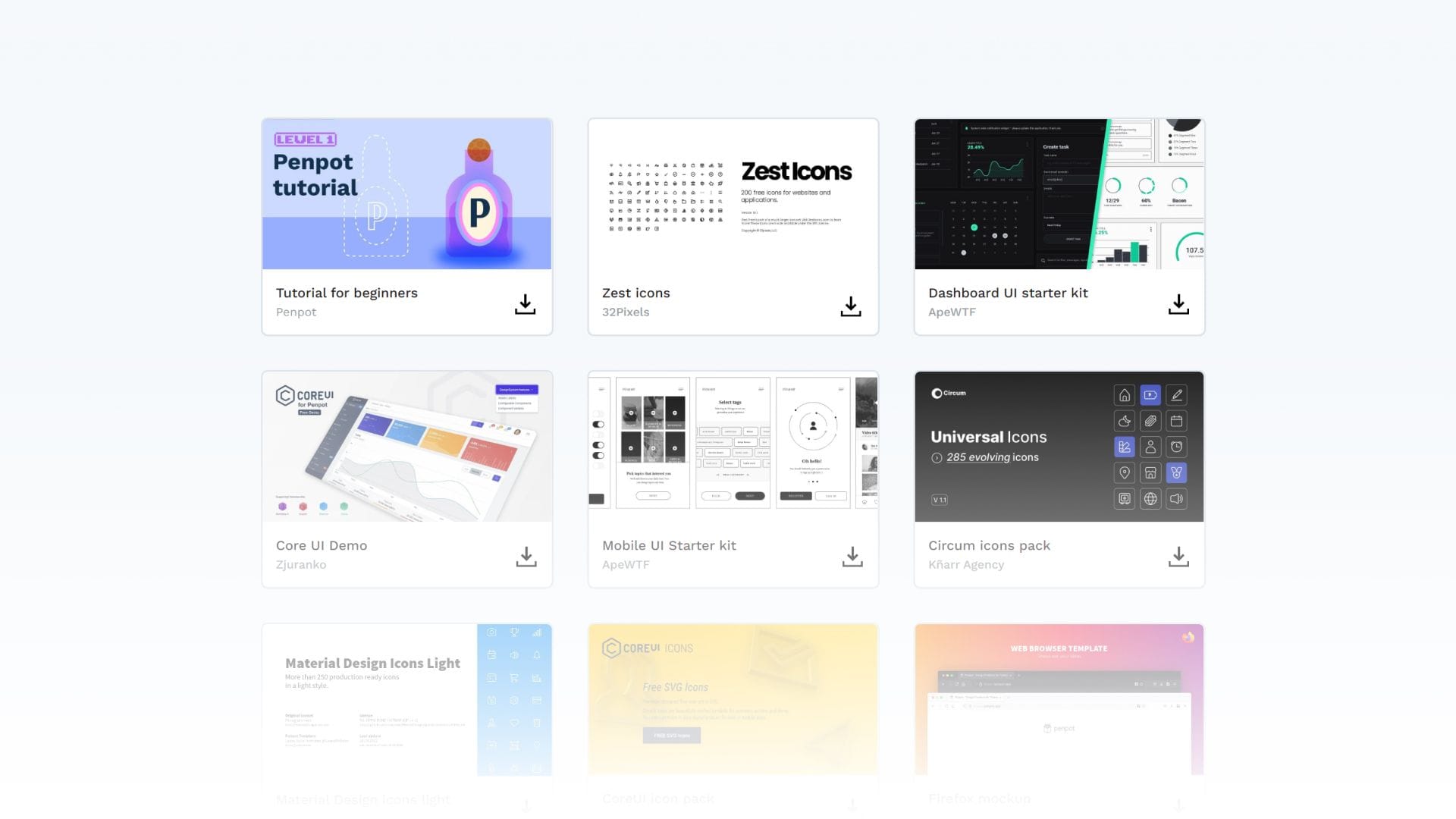
Penpot's learning center link
If you don't see a tutorial for your specific need, keep an eye out. We frequently post tutorials in our blog or made by community members in our YouTube channel, which provide various use cases and a source of inspiration, too!
Create a Penpot account and invite your team
This may be the simplest part of the transition from Figma to Penpot because Penpot is OS-agnostic and can be started with any browser. Just sign up at Penpot.app with your preferred login. There's no need to provide payment info because it's free!
Keep reading further to learn how to create your Penpot account and start migrating your projects and switch from Figma to Penpot on Part II of this post.
Ready to move faster? Learn how Mediaweb can help you migrate Figma to Penpot with zero stress.

Related Blogs
Check out our other blogs, from informative topic guides to tutorials on how to get the most out of Penpot.
